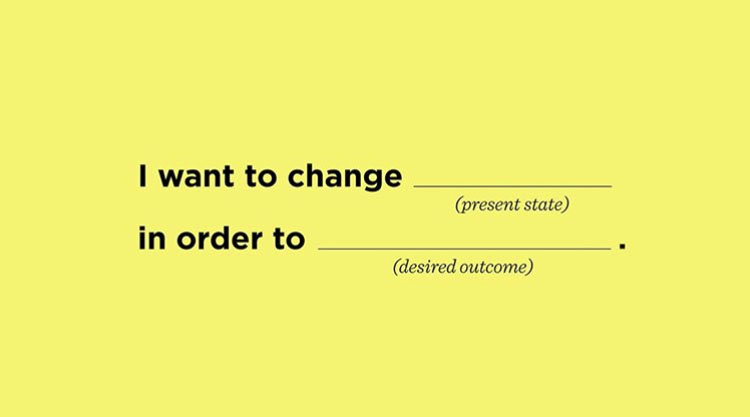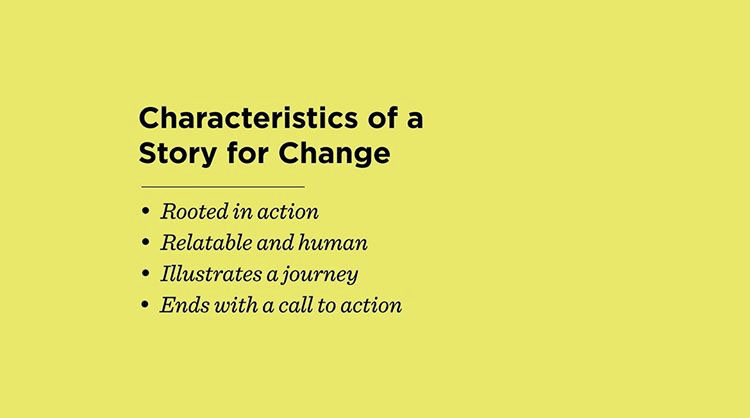Exigence: “any exigence is an imperfection marked by urgency; it is a defect, an obstacle, something waiting to be done, a thing which is other than it should be” (Bitzer)
Compose a 750-1000 word persuasive essay based on the issue and the research you just completed for your Contextual Analysis Project
Audience: educated, curious readers capable of critical thinking & critical reading — some might be supportive of your message, and some might be skeptical:
- people in our class?
- readers of the DePaulia Opinion section?
- readers of the Op-Ed pages of the New York Times?
Criteria:
- Readers can identify your effort to establish both stasis and common ground
- Readers can identify your appeal to shared values
- Readers can identify your critical thinking
- Evidence of revising, editing, and proofreading
Rhetoric & Identification
“A speaker persuades an audience by the use of stylistic identifications; the act of persuasion may be for the purpose of causing the audience to identify itself with the speaker’s interests; and the speaker draws on identification of interests to establish rapport between herself or himself and the audience.” — Kenneth Burke, A Rhetoric of Motives.
Identification, Burke reminds us, occurs when people share some principle in common — that is, when they establish common ground. Persuasion should not begin with absolute confrontation and separation but with the establishment of common ground, from which differences can be worked out. Imagining common ground is the point of our work with stasis and with exigency. Exigence: “any exigence is an imperfection marked by urgency; it is a defect, an obstacle, something waiting to be done, a thing which is other than it should be” (Bitzer)


